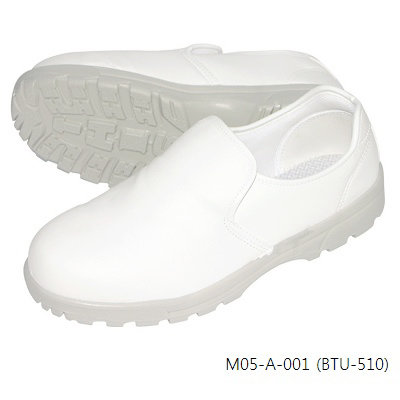5 Tips Static Shoes

Static shoes, also known as anti-static or ESD (Electrostatic Discharge) shoes, are designed to protect sensitive electronic components from static electricity damage. If you work in an environment where static electricity is a concern, such as in electronics manufacturing, repair, or handling sensitive equipment, wearing static shoes is crucial. Here are five tips to consider when selecting and using static shoes:
1. Understanding Static Electricity
Before diving into the tips, it’s essential to understand what static electricity is and how it can affect your work. Static electricity is a build-up of electric charges on objects, which can occur through friction, contact, or induction. This charge can be problematic when working with electronics because it can damage components or disrupt their function. Static shoes are designed to dissipate this static electricity, preventing it from coming into contact with sensitive equipment.
2. Choosing the Right Static Shoes
Not all static shoes are created equal. When choosing static shoes, consider the following factors: - Effectiveness: Look for shoes that have a resistance of less than 35 megohms but more than 1 megohm. This range is ideal for efficiently dissipating static electricity without posing a risk of electrical shock. - Comfort: Since you’ll likely be wearing these shoes for extended periods, ensure they are comfortable and fit well. - Materials: The soles and sometimes the entire shoe are made from materials that conduct electricity, safely dissipating static charges to the ground.
3. Maintenance and Testing
To ensure your static shoes continue to perform their intended function, regular maintenance and testing are crucial. - Cleanliness: Keep your shoes clean, as dirt and dust can affect their ability to dissipate static electricity. Use a soft brush or cloth to remove any debris. - Testing: Regularly test your shoes using aStatic Detector or a resistance tester to ensure they are functioning correctly. This step is often overlooked but is vital for confirming that your shoes are providing the necessary protection.
4. Combination with Other Anti-static Measures
Static shoes are part of a broader strategy to control static electricity. When working in an environment sensitive to static discharge, consider combining your static shoes with other anti-static measures: - Anti-static mats and flooring: These provide a path to ground for static electricity, further reducing the risk of damage to sensitive components. - Anti-static wrist straps: For situations where you need to handle components directly, wrist straps can provide an additional layer of protection. - Grounding equipment: Ensure all equipment and workbenches are properly grounded to complete the circuit and safely dissipate static charges.
5. Adherence to Safety Standards and Regulations
Different industries have specific standards and regulations regarding the use of static shoes and other anti-static measures. Familiarize yourself with the relevant standards, such as those set by the Electrostatic Discharge Association (ESDA) or the International Electrotechnical Commission (IEC). Adhering to these standards not only ensures compliance with regulatory requirements but also guarantees a high level of protection against static electricity damage.
What is the primary purpose of static shoes in an electronics work environment?
+The primary purpose of static shoes is to prevent damage to sensitive electronic components by dissipating static electricity from the wearer's body, thereby preventing static discharge that could damage or disrupt the function of these components.
How often should static shoes be tested for effectiveness?
+Static shoes should be tested regularly, ideally at the start of each work shift or daily, to ensure they are functioning correctly and providing the necessary protection against static electricity. The frequency may vary based on the environment and usage.
Can static shoes be used in any environment, or are there specific conditions where they are most beneficial?
+Static shoes are most beneficial in environments where sensitive electronic components are handled or where there is a risk of static electricity causing damage. This includes electronics manufacturing facilities, repair shops, and any area where static-sensitive devices are used or stored.
In conclusion, static shoes play a critical role in protecting sensitive electronic components from the harmful effects of static electricity. By understanding the importance of static control, choosing the right shoes, maintaining them properly, combining them with other anti-static measures, and adhering to safety standards, individuals can effectively minimize the risk of damage caused by static discharge in their work environment.



